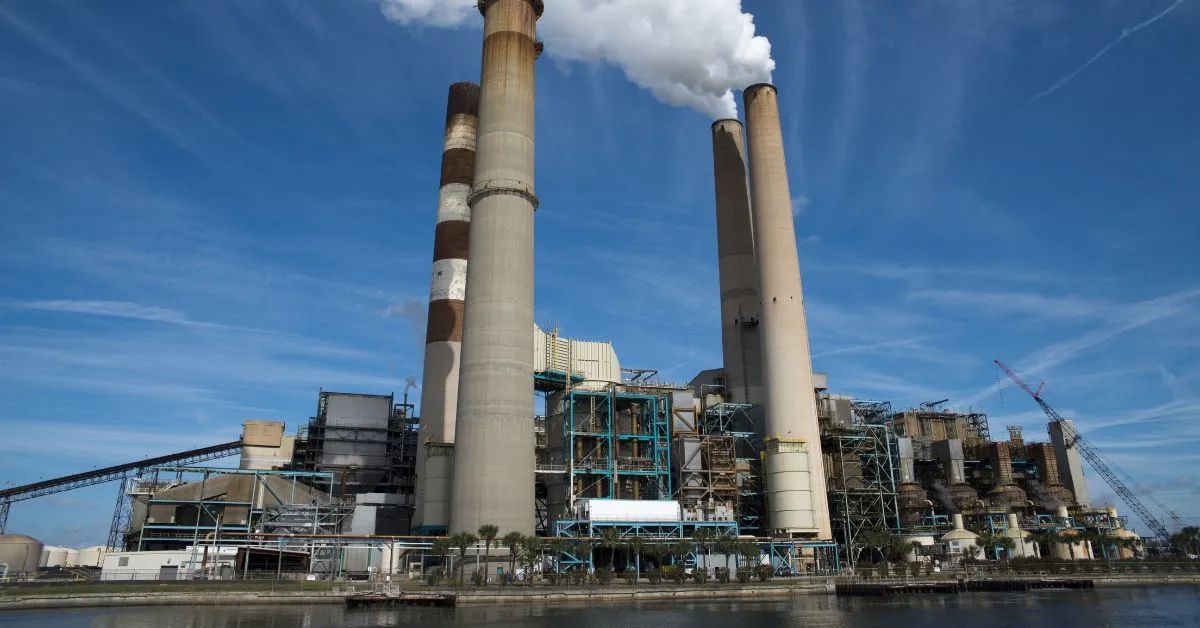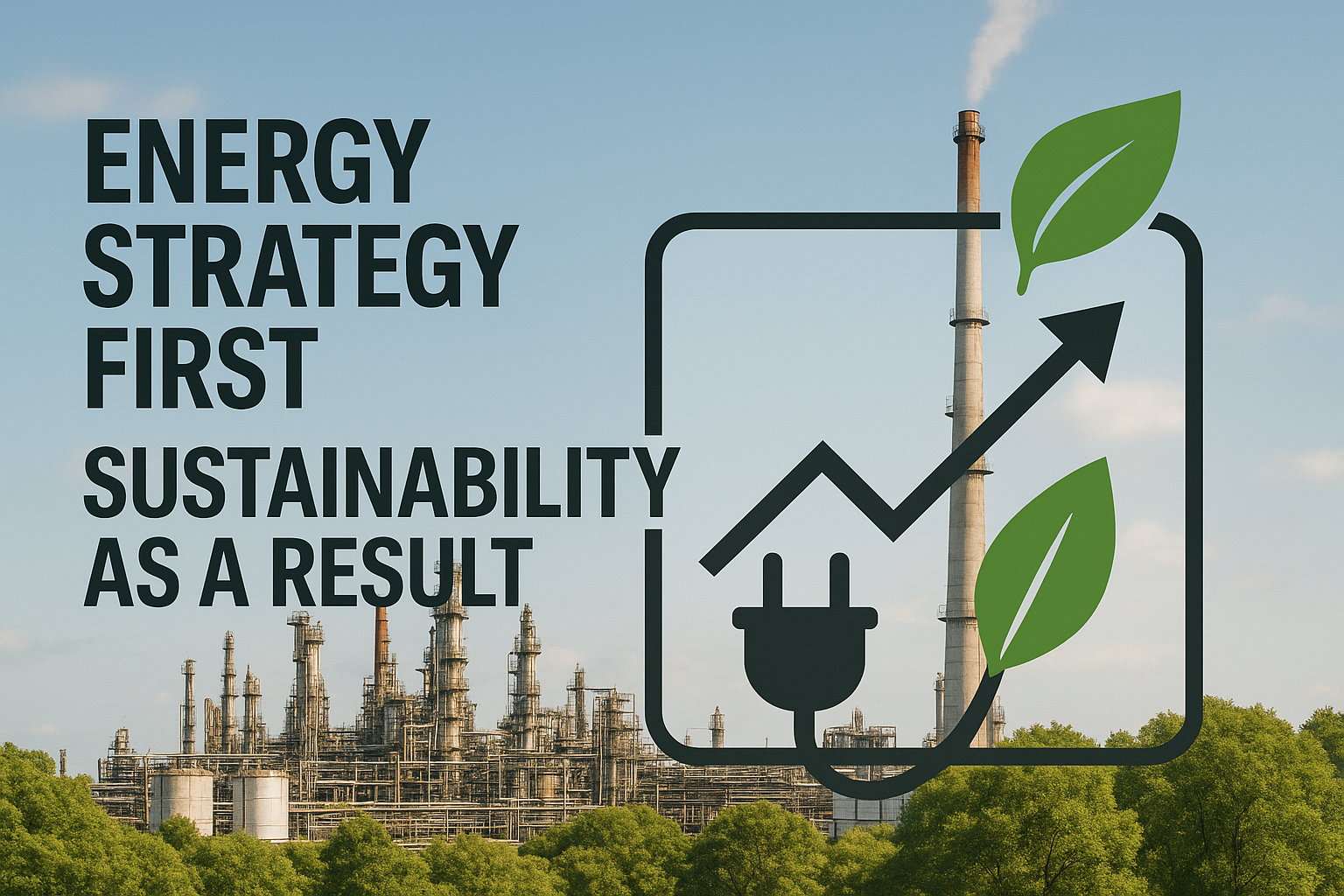Polymer plants face mounting pressure from rising costs and tighter performance targets. Extrusion, injection molding, and polymerization consume vast amounts of power, and higher filler loadings only intensify the energy demand.
Quality lapses, from uneven dispersion to voids, drive costly rework, while unplanned downtime and line bottlenecks drain throughput. Feedstock volatility and mounting sustainability pressure make the case for smarter operations clear.
Industrial AI offers a data-driven path forward. By learning plant-specific behavior, closed-loop models can tighten reactor control, cut energy in extrusion and cooling, predict product quality, coordinate rates across units, and guide operators in real time.
Early deployments report up to a 20% drop in natural-gas use and a 1-3% rise in throughput, all while maintaining specifications. For decision-makers, those improvements translate into rapid payback and more resilient operations.
More Manufacturing Plants are Utilizing AI
Across the polymer sector, AI adoption is moving from pilot projects to plant-wide deployments. What began as isolated experiments in advanced process control is now becoming a strategic priority as manufacturers seek measurable gains in energy efficiency, quality consistency, and throughput.
Competitive pressures and tighter sustainability targets are driving this shift, but so is the maturity of AI models that can adapt to the unique dynamics of each facility.
Recent surveys show that over half are either scaling AI initiatives or planning to, and 78% say their AI initiatives within manufacturing operations are part of their company’s larger digital transformation and business strategies.
This alignment is fuelling momentum, as leadership teams see AI not as a standalone tool, but as a pillar of long-term competitiveness. Results are validating that investment: lower fuel consumption in extrusion and cooling, faster stabilization after process upsets, and real-time quality prediction that prevents costly rework.
As adoption grows, a clear pattern is emerging: the most successful deployments combine advanced algorithms with operator expertise. Instead of replacing human decision-making, AI is augmenting it, embedding plant-specific knowledge into models that continuously refine control strategies. This evolution is especially visible in reactor operations, where tighter, real-time optimization can make the difference between consistent, on-spec production and costly downtime.
AI Solutions to Optimize Your Polymer Manufacturing Plant
Polymer manufacturing presents unique optimization opportunities that traditional control systems often struggle to capture. As production demands increase and margins tighten, process industry leaders are turning to advanced AI solutions that can simultaneously address multiple pain points, from reactor stability to energy consumption.
The following capabilities represent the highest-impact applications of industrial AI in polymer facilities today, each addressing specific operational constraints while delivering measurable return on investment.
Maintain Tight Control of Reactor Conditions
Even a slight swing in reactor temperature, pressure, or catalyst feed can snowball into non-prime resin and an emergency shutdown. Traditional advanced process control solutions struggle to navigate these nonlinear dynamics because they rely on static equations and narrow operating envelopes.
Closed Loop AI Optimization learns the full spectrum of historical reactor behavior, then writes optimal set points to the distributed control system (DCS) in real-time. The model’s neural network trains on what amounts to thousands of years of virtual operating hours before it ever touches your plant, allowing it to anticipate heat-release spikes or fouling events minutes ahead of time.
Operators retain ultimate authority through transparent decision-making tools. Every automated move appears on a dashboard with the rationale spelled out so staff can challenge the platform and learn from each corrective action. Over time, that feedback loop captures tribal knowledge, reduces variability, and frees engineers to focus on higher-value projects instead of firefighting reactor upsets.
Reduce Energy Use in Extrusion and Cooling Stages
Extrusion drives enormous utility bills because motors, pelletizers, chillers, and compressors run around the clock. Advanced algorithms mine sensor data from these assets to pinpoint where kilowatts are quietly bleeding away. By continuously balancing screw speed, barrel temperature, and cooling-water flow, the model trims energy per tonne while holding melt index on target.
Manufacturing operations applying this strategy report a 20% reduction in natural-gas draw without sacrificing throughput. The same algorithm adapts when ambient conditions shift from humid summer afternoons to cool night shifts, preserving the savings all year.
Lower fuel and electricity demand translates directly into fewer Scope 1 and 2 emissions, helping you reach decarbonization goals without new capital. As added upside, tighter thermal control lessens equipment stress, extending the life of gearboxes and chillers while cutting unplanned downtime that would otherwise erode those energy wins.
Improve Product Quality with Predictive Analytics
Key performance indicators such as melt index, density, haze, and tensile strength determine whether a shipment earns premium pricing or gets downgraded. Waiting for lab results means you often spot problems only after multiple tonnes are already non-prime. Predictive analytics changes that timeline by forecasting quality from upstream sensor trends.
When the model detects a gradual drift in melt-index trajectories, it alerts you to adjust catalyst dosing before the line crosses specification limits. Studies on materials informatics demonstrate that correlating raw-material lots with process history can slash quality variance, delivering fewer downgrades and more on-specification product.
Because the prediction runs continuously, operators gain real-time insights instead of periodic spot checks. This shift protects margins, keeps customers confident in every batch, and avoids the expensive domino effect of reprocessing or disposing of non-prime inventory.
Increase Throughput with Better Process Coordination
Manufacturing facilities often treat each unit—reactor, extruder, pelletizer—as an island, so one bottleneck quietly caps the entire line. AI coordination links every major tag across the system and searches for hidden capacity that can be exploited safely.
When reactor temperature stabilizes sooner than expected, the algorithm may lift the extruder rate while adjusting pelletizer speed, ensuring downstream equipment stays balanced. At even modest margins, that additional saleable product can add several million dollars in annual revenue without new steel in the ground.
The model also functions like a digital twin, letting engineers test ambitious rate pushes in silico before committing on-stream. Throughout, it respects existing safety, quality, and energy constraints, preventing the classic trade-off where higher rates undermine product properties.
Support Operators with Smart Decision Tools
Modern control rooms flood engineers with alarms and trend lines, yet still depend on individual experience to decide which lever to pull first. Smart dashboards consolidate those data streams and translate them into clear recommendations to guide decision-making: the platform not only shows the preferred set-point shift but explains why that move matters.
Because every suggestion arrives with context, new hires ramp up faster while seasoned staff see their own intuition validated—or constructively challenged. Front-line operations teams have praised the approach for capturing institutional knowledge that would otherwise retire with veteran operators.
Critically, the AI does not replace human judgment. It acts as a co-pilot, handling routine optimization so operators focus on exceptions, continuous improvement, and compliance reporting. The result is a workforce empowered to run more stable, profitable, and sustainable plants with less mental fatigue.
The Next Step to the AI Optimization Journey
Imubit’s Industrial AI Platform has delivered these improvements across more than 90 deployments. Its risk-free Closed Loop AI Optimization model learns your plant-specific operations, applies optimal set points to the distributed control system (DCS), and starts showing measurable benefits within months—without upfront capital or long consulting cycles.
If you’re evaluating next-step digital investments, schedule a complimentary AI optimization assessment to see how Imubit tailors its AIO technology to your constraints. Visit our chemicals and polymers page for deeper case studies and stay ready for a future where industrial AI defines competitive advantage in manufacturing.
Prove the value of AI at no cost with a complimentary, expert-led session that includes a review of your unit’s constraints and goals, benchmarking against successful applications, and identification of high-impact opportunities unique to your operations.




